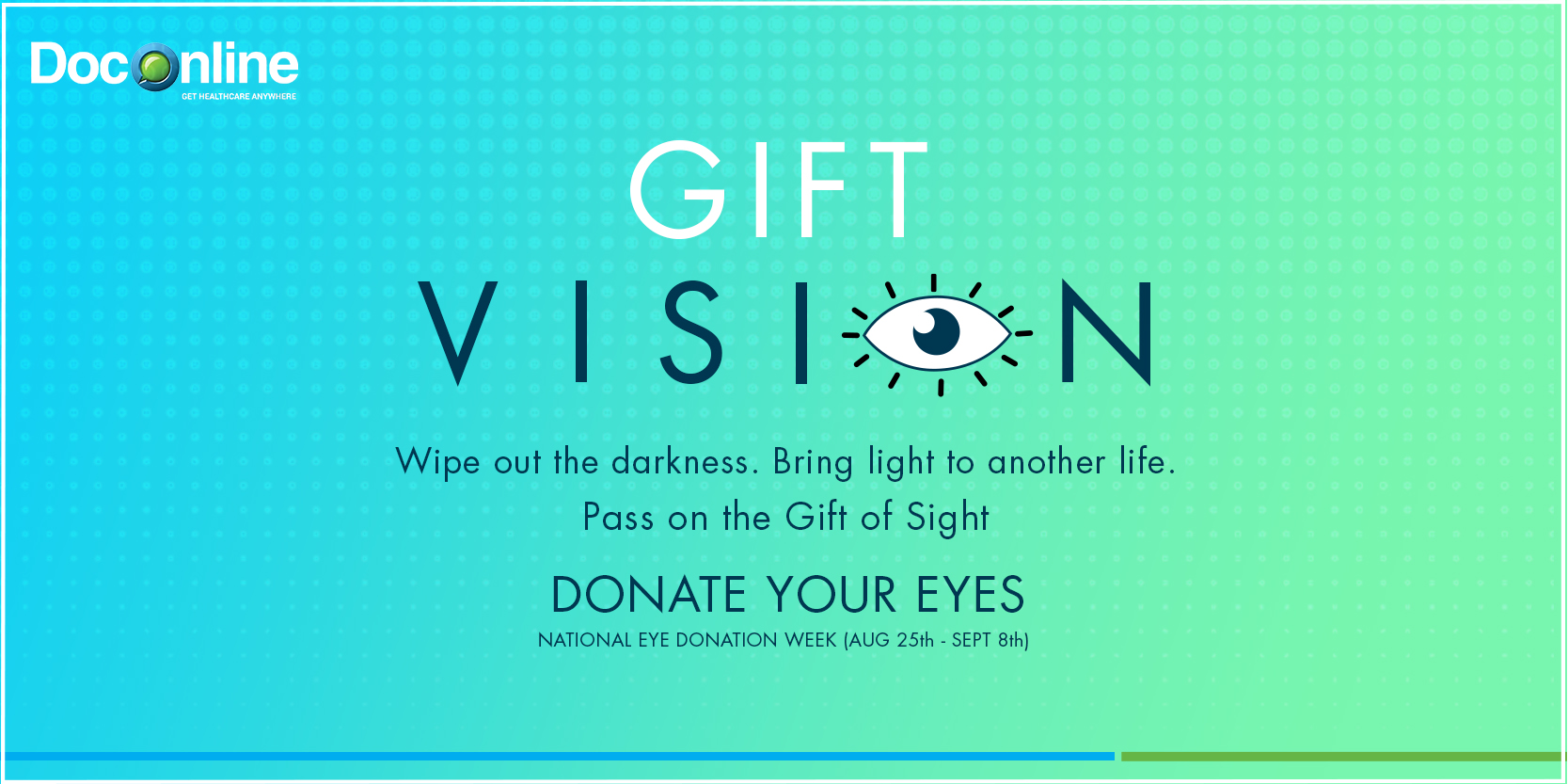Shakespeare said, "The eye is the window to the world, at the same time, it is the window of the soul.”
With the eye being the window to the world, one can hardly imagine what it would be like to be perpetually shut in a world of darkness, to be deprived of the sight of beauty that nature has to offer. Yes, that is exactly the world of the blind, enshrouded in darkness. Imagine a life where you cannot see the faces of your loved ones or be able to enjoy the different sights while traveling. Imagine how difficult it is to commute on the roads that is thronged by swooping vehicles, bustling people and strewn with obstacles.
If blindness is to be strictly defined, it is a state of losing vision completely in both the eyes. A person who is blind cannot see anything – absolutely nothing. At present, globally, there are between 300 million to 400 million people who are visually impaired due to various causes. The common causes of blindness include diabetes, macular degeneration, traumatic injuries, infections of the cornea or retina, glaucoma, and also the inability to obtain glasses.
Being blind impacts the personal life and social life of the person and also affects the family indirectly.
The treatment of visual impairment or blindness depends on the cause. At present, there is approximately 18.7 million blind people in India, of which 190,000 are blind from bilateral corneal disease. Corneal transplantation which is done may help people whose vision is absent because of corneal diseases. A cornea transplant (keratoplasty) is a surgical procedure to replace part of cornea with corneal tissue from a donor at the time of eye donation.
What is Eye Donation?
Eye Donation is a process, whereby, a person gives consent that after his demise, his eyes can be given to another blind person so that the recipient can benefit from it. This procedure is called eye donation. In the process, only the thin transparent layer in front of the iris, called the cornea is used for transplant. It is used to replace the opaque cornea in the eye of the patient (recipient). The eyes must be removed within 6 hours of death. After death, the nearest eye bank is to be informed. Then, the team from the bank will rush to the spot to perform the simple bloodless procedure within 15-20 minutes. During the process, there is no disfigurement of the face of the deceased.
Can Anyone opt for Eye Donation?
Anyone can be an eye donor, irrespective of age, sex, religion, caste, creed or blood group.
People who have been successfully operated for cataracts or glaucoma or even retinal detachments can also donate their eyes after death. All that is required is that the donor should have a clear, transparent, healthy cornea at the time of death. People with diabetes, hypertension can also donate eyes.
Who Cannot Donate Eyes?
1. Corneas of patients suffering from AIDS, rabies, syphilis, tetanus, septicemia and certain viral diseases are considered unfit for the use for transplant purposes.
2. Eyes from a cancer patient are not used for transplant. This is only if the cancer had a blood borne spread.
How quickly should eyes be removed after death?
As soon as possible, but eyes can be removed up to 6 hours after death. However, in places where the climate is hot such as most parts of India, a shorter duration, preferably 2 to 4 hours after death is advisable. Eye banks have personnel who visit the donor’s home or place of death and remove the eyes.
What is an eye bank?
It is an organization recognized by the government to collect and distribute human eyes to those who require corneal transplants.
What should be done soon after death of the donor?
1. Inform the Eye bank as soon as possible.
2. Close the eye lids of the deceased and while waiting for the eye bank team to arrive, put off any overhead fan. This will prevent the drying of the cornea. Switch on the air-conditioner if possible.
3. Cover the closed lids with moist cotton wool
4. Raise the donor’s head by 6 inches, by placing 2 pillows under it.
In India there are lakhs of patients awaiting corneal transplant. Every year, barely 30,000 corneas are donated, so the waiting list keeps growing!
Eye donation is easy and hassle free. All one need is to be aware about this possibility and willingness to help fellow human beings and humanity.
So, if we have got God's gift of Vision, why not try to pass it on to somebody who doesn't have it? It helps in making the beneficiary’s life meaningful long after you are gone. After all, it is to be noted that one eye donation can help two blind people see.
So, brighten the world for the not-so fortunate by donating your eye, when you die!













